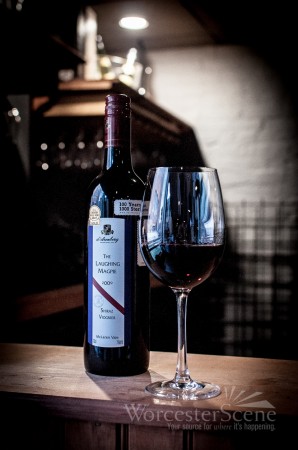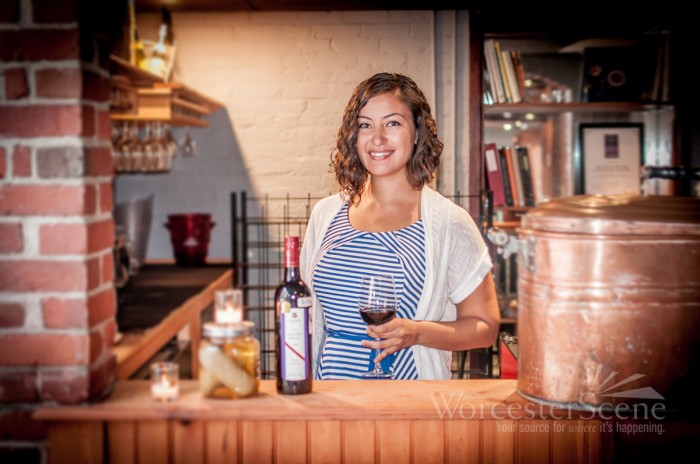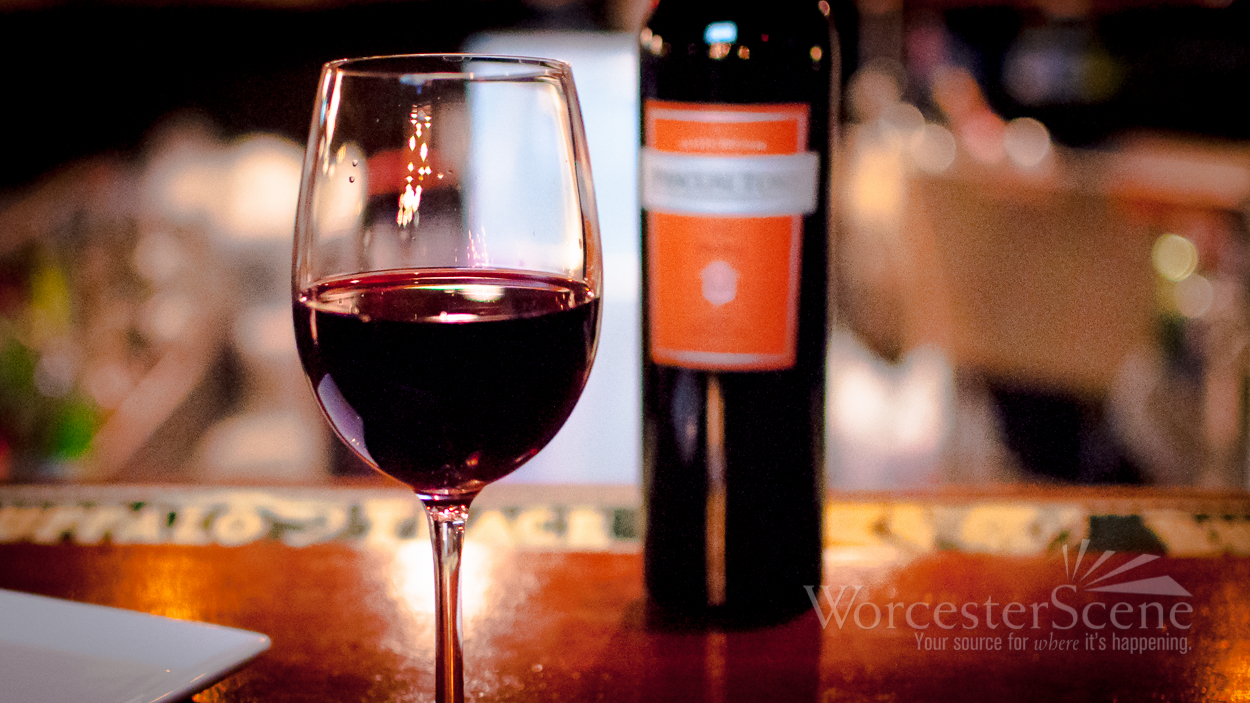
We are in the thick of another lovely New England winter, and there are two important questions on everyone’s mind: When is it going to be spring again? And what am I going to drink to warm up? Before all the know-it-alls point out that alcohol doesn’t technically warm you up, because it thins your blood and actually makes you more sensitive to the cold, etc. etc., I know. But there must be something psychologically rewarding about an adult beverage that warms your bones in freezing temperatures. Most hearty New Englanders I know choose whiskey as their liquid blanket of choice. However, a near and dear choice of mine is a big, bold red wine.
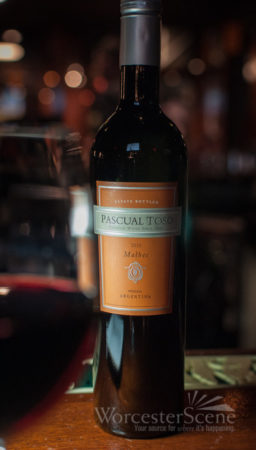 A bold, spicy red with concentrated rich dark fruit notes and velvety tannins is my drink of choice from December-March, year after year. I am a person driven by logic, and the thought of consuming a cold beverage in cold temperatures confuses me and bothers me a bit, to be honest. Structurally, big red wines are the best compliment to winter weather. First, you get to drink it at a little less than room temperature, which is perfect, because most of us warm our houses to 60-65 degrees which is basically like one huge wine cellar. Also, the regions that these big reds come from, tend to be sunny and hot, creating high alcohol along with those indulgent concentrated fruit notes. Alcohol may thin your blood, but the immediate warming flush to your face is a welcome sensation this time of year. It’s almost like you can feel the sun on your face…almost. Lastly, the hearty body pairs well with hearty winter dishes. Beef stew, pot roast, lamb chops and game meats all pair well with big reds. Together, they warm your body and fill your belly, keeping you sustained for the bitter cold.
A bold, spicy red with concentrated rich dark fruit notes and velvety tannins is my drink of choice from December-March, year after year. I am a person driven by logic, and the thought of consuming a cold beverage in cold temperatures confuses me and bothers me a bit, to be honest. Structurally, big red wines are the best compliment to winter weather. First, you get to drink it at a little less than room temperature, which is perfect, because most of us warm our houses to 60-65 degrees which is basically like one huge wine cellar. Also, the regions that these big reds come from, tend to be sunny and hot, creating high alcohol along with those indulgent concentrated fruit notes. Alcohol may thin your blood, but the immediate warming flush to your face is a welcome sensation this time of year. It’s almost like you can feel the sun on your face…almost. Lastly, the hearty body pairs well with hearty winter dishes. Beef stew, pot roast, lamb chops and game meats all pair well with big reds. Together, they warm your body and fill your belly, keeping you sustained for the bitter cold.
If you are not already a seasonal drinker, changing your drink of choice to match the weather, maybe I have now convinced you to be. The next thing you need to know is what to look for at the wine shop. If you like powerful reds with a balance of earth and spice, my favorite regions are the Rhone Valley of France and Ribera del Duero in Spain, with an honorable mention to Portuguese wines. For less earth and more fruit concentration, look for an Aussie Shiraz, California Zinfandel and Malbec from Argentina. These wines should probably come with a toothbrush, but if red-wine-mouth doesn’t bother you, these winter reds will help alleviate your winter blues. A bonus is that most of these aforementioned wines are value-driven, allowing you to stock up and hibernate until its Rosé season again.

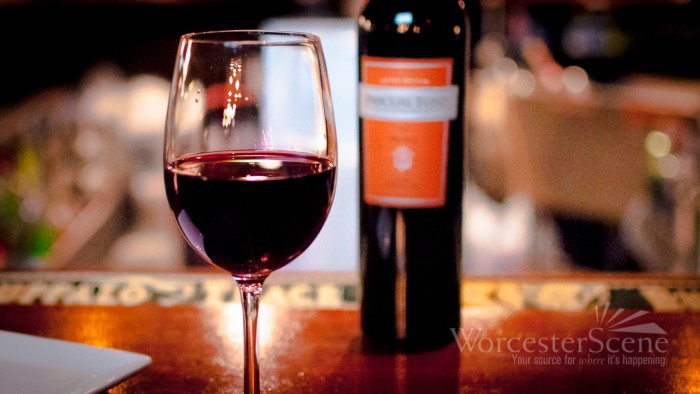
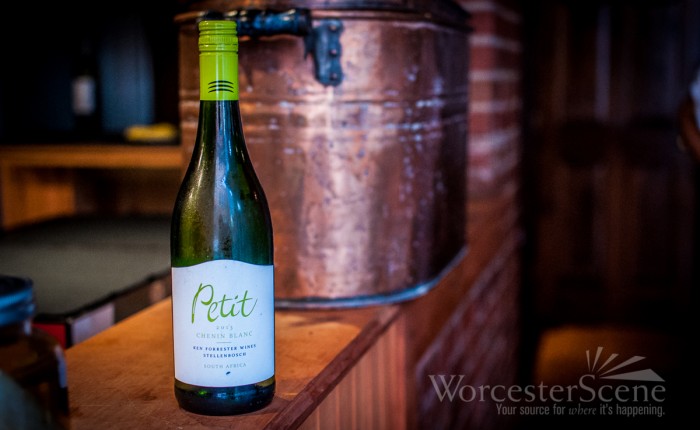 When the weather is hot and there’s barbecue on the grill, no one can deny that an ice cold beer is exactly what you want. However, anyone that has properly paired a beer with rich, smoky flavorful barbeque can attest to the fact that that is just too much weight. You are not pairing a Bud Light or Corona with BBQ. Are these refreshing on the beach for day-drinking? Absolutely. (Within legal parameters, of course.) Although, when it comes to pairing a beverage with food, you have to consider many factors that essentially match the two. Ideally, you are pairing a heavier beer that can match the weight, volume and texture of your meal. And usually your stomach has room for one of these, maybe two, before you feel like taking a nap and calling it a day. And who wants to miss the rest of the party? So, as the forever advocate of wine as the ideal pairing for food, I will guide you to the perfect wine pairings with BBQ. Although I’m specifically tailoring these pairings to BBQ, the same principles apply to all food and wine pairings.
When the weather is hot and there’s barbecue on the grill, no one can deny that an ice cold beer is exactly what you want. However, anyone that has properly paired a beer with rich, smoky flavorful barbeque can attest to the fact that that is just too much weight. You are not pairing a Bud Light or Corona with BBQ. Are these refreshing on the beach for day-drinking? Absolutely. (Within legal parameters, of course.) Although, when it comes to pairing a beverage with food, you have to consider many factors that essentially match the two. Ideally, you are pairing a heavier beer that can match the weight, volume and texture of your meal. And usually your stomach has room for one of these, maybe two, before you feel like taking a nap and calling it a day. And who wants to miss the rest of the party? So, as the forever advocate of wine as the ideal pairing for food, I will guide you to the perfect wine pairings with BBQ. Although I’m specifically tailoring these pairings to BBQ, the same principles apply to all food and wine pairings.